Prucalopride Succinate
- CAS NO.:179474-85-2
- Empirical Formula: C22H32ClN3O7
- Molecular Weight: 485.96
- MDL number: MFCD00948731
- EINECS: 680-639-5
- SAFETY DATA SHEET (SDS)
- Update Date: 2024-11-19 23:02:33
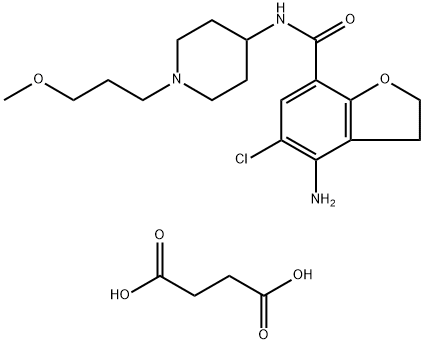
What is Prucalopride Succinate?
Chemical properties
Butanedioic acid 4-amino-5-chloro-2,3-dihydro-N-[1-(3-methoxypropyl)-4-piperidinyl]-7-benzofurancarboxamide is Off-White to Pale Brown Solid
The Uses of Prucalopride Succinate
Butanedioic acid 4-amino-5-chloro-2,3-dihydro-N-[1-(3-methoxypropyl)-4-piperidinyl]-7-benzofurancarboxamide is a selective 5-HT4 receptor agonist used effective for chronic constipation, but is not currently approved in the U.S. Prucalopride is approved for the treatment of chronic constipation in Europe.
The Uses of Prucalopride Succinate
Prucalopride is a selective 5-HT4 receptor agonist used effective for chronic constipation, but is not currently approved in the U.S. Prucalopride is approved for the treatment of chronic constipation in Europe.
Clinical Use
Prucalopride succinate, a first-in-class dihydrobenzofurancarboxamide, is a selective serotonin (5- HT4) receptor agonist. The drug, marketed under the brand name Resolor®, possesses enterokinetic activity and was developed by the Belgian-based pharmaceutical firm Movetis. Prucalopride alters colonic motility patterns via serotonin 5-HT4 receptor stimulation, triggering the central propulsive force for defecation.
Synthesis
The preparation of prucalopride succinate begins with the commercially available salicylic aniline 124. Acidic esterification, acetylation of the aniline nitrogen atom, and ambient-temperature chlorination via sulfuryl chloride (SO2Cl2) converted aminophenol 124 to acetamidoester 125 in 83% yield over the course of three steps. An unique set of conditions involving sodium tosylchloramide (chloramine T) trihydrate and sodium iodide were then employed to convert 125 to o-phenolic iodide 126, which then underwent sequential Sonogashira/cyclization reaction utilizing TMS-acetylene with tetramethylguanidine (TMG) in the presence of silica gel to furnish the benzofuran progenitor of 127. Hydrogenation of this intermediate benzofuranyl Sonagashira product saturated the 2,3-benzofuranyl bond while leaving the chlorine atom intact, ultimately delivering dihydrobenzofuran 127 in excellent yield for the two step sequence. Base-induced saponification and acetamide removal gave rise to acid 128. This acid was activated as the corresponding mixed anhydride and treated with commercial piperidine 129 to construct prucalopride which was stirred at room temperature for 24 hours in ethanolic succinic acid to provide prucalopride succinate (XI). The yield for the formation of the salt was not provided.
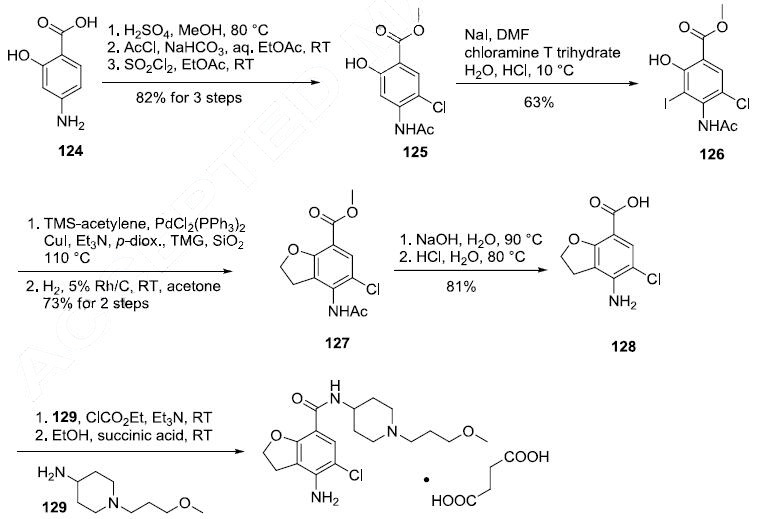
Properties of Prucalopride Succinate
| Melting point: | >196°C (dec.) |
| storage temp. | Sealed in dry,Room Temperature |
| solubility | DMSO (Slightly), Methanol (Slightly) |
| form | Solid |
| color | White to Pale Brown |
Safety information for Prucalopride Succinate
Computed Descriptors for Prucalopride Succinate
Prucalopride Succinate manufacturer
Archerchem Healthcare Pvt., Ltd. (part of Archerchem Group)
New Products
1-Amino-1-cyclohexanecarboxylic acid Cycloleucine 6-Bromo-3-iodo-1-methyl-1H-indazole 3-(2,4-Dimethoxybenzyl)dihydropyrimidine-2,4(1H,3H)-dione 7-Bromo-1H-indazole ELECTROLYTIC IRON POWDER 2-Methyl-2-phenylpropyl acetate 1-Aminocyclobutanecarboxylic acid 1-(2-Ethoxyethyl)-2-(piperidin-4-yl)-1H-benzo[d]imidazole hydrochloride Decanonitrile tert-butyl 4-(1H-benzo[d]iMidazol-2-yl)piperidine-1-carboxylate 4-Ethylbenzylamine Methyl 5-bromo-2-chloro-3-nitrobenzoate N-(5-Amino-2-methylphenyl)acetamide 2-Chloro-3-nitropyridine 5-Bromo-2,3-dimethoxypyridine methyl 6-chloro-2-(chloromethyl)nicotinate 2-methoxy-4-methyl-5-nitro pyridine 2-iodo-5-bromo pyridine 2-amino-4-methyl-5-nitro pyridine 5-Fluoro-2-Oxindole methyl L-alaninate hydrochloride diethyl L-glutamate hydrochloride Ethyl tosylcarbamateRelated products of tetrahydrofuran
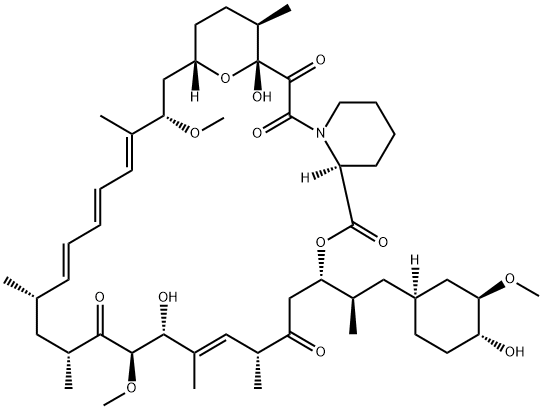
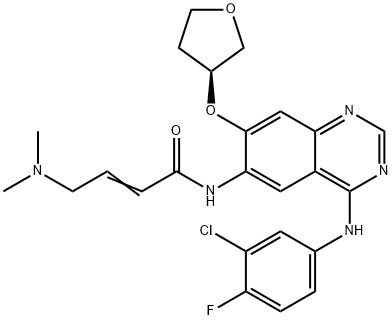

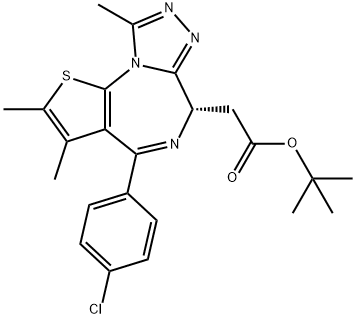
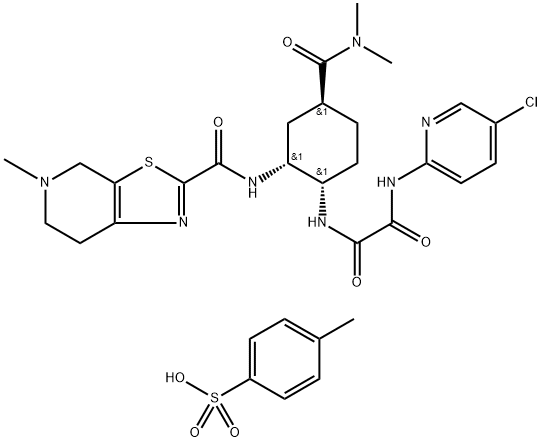
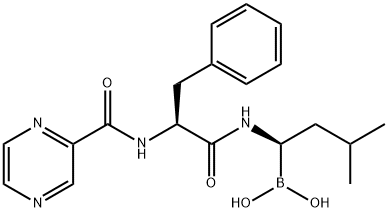
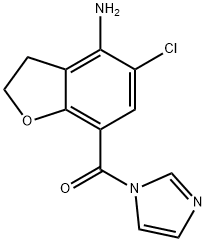
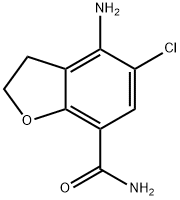
You may like
-
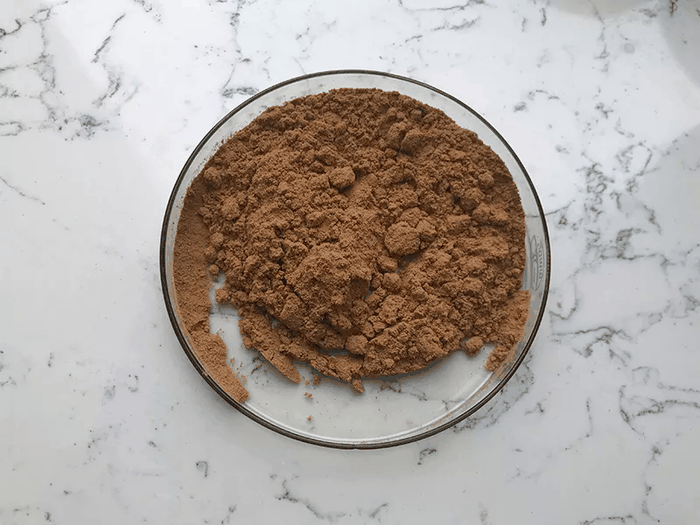 179474-85-2 98%View Details
179474-85-2 98%View Details
179474-85-2 -
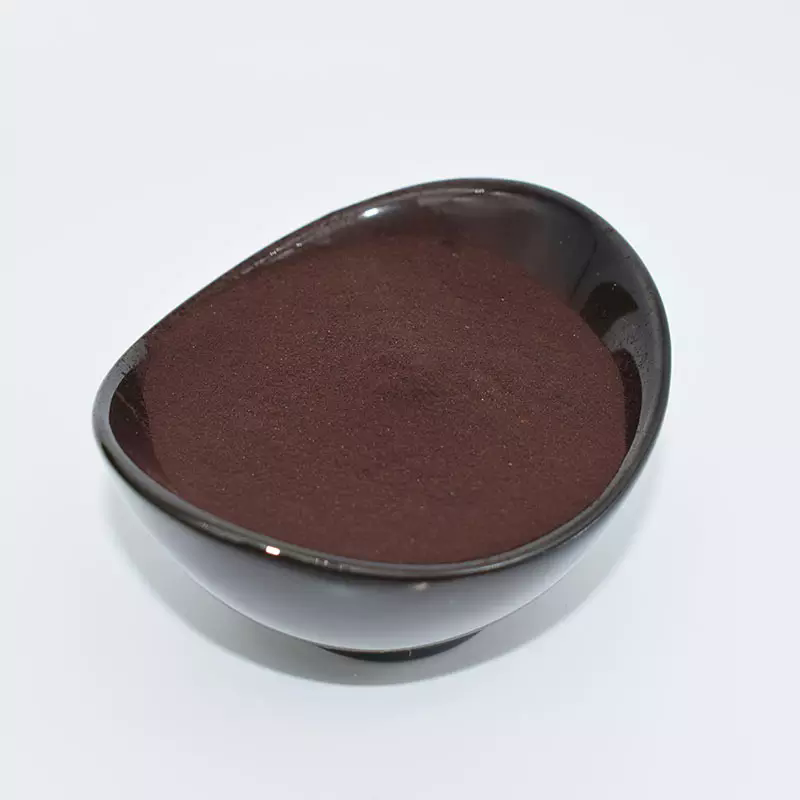 Prucalopride Succinate 98%View Details
Prucalopride Succinate 98%View Details -
 Prucalopride Succinate 98%View Details
Prucalopride Succinate 98%View Details -
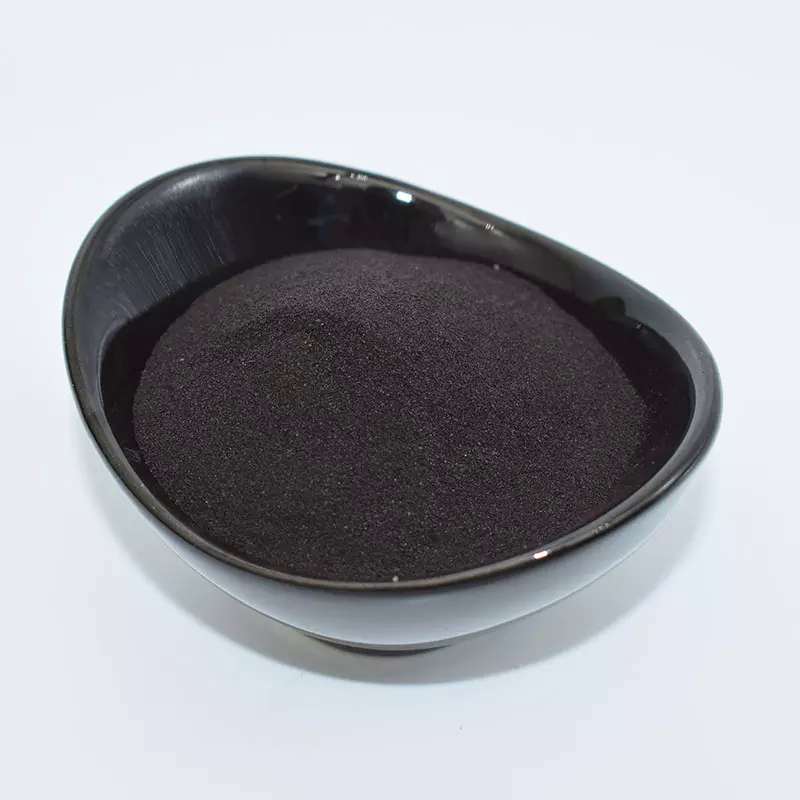 179474-85-2 Prucalopride Succinate 99%View Details
179474-85-2 Prucalopride Succinate 99%View Details
179474-85-2 -
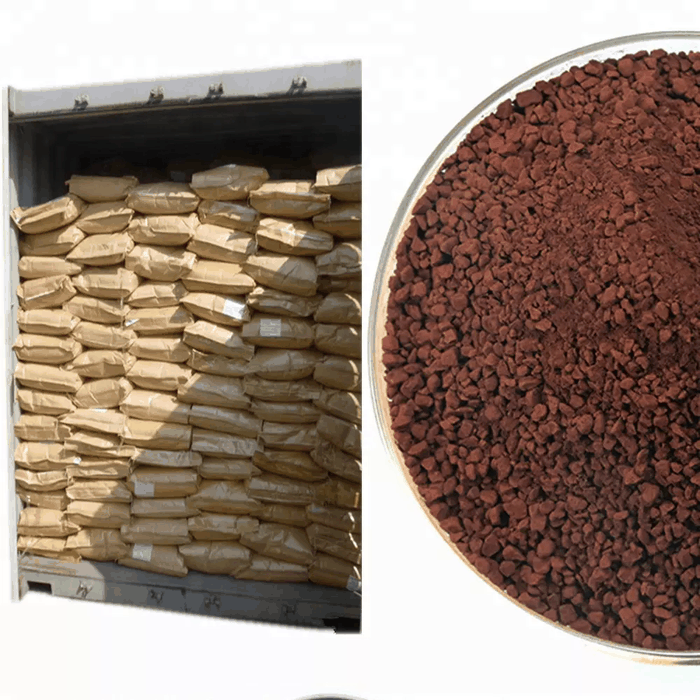 179474-85-2 98%View Details
179474-85-2 98%View Details
179474-85-2 -
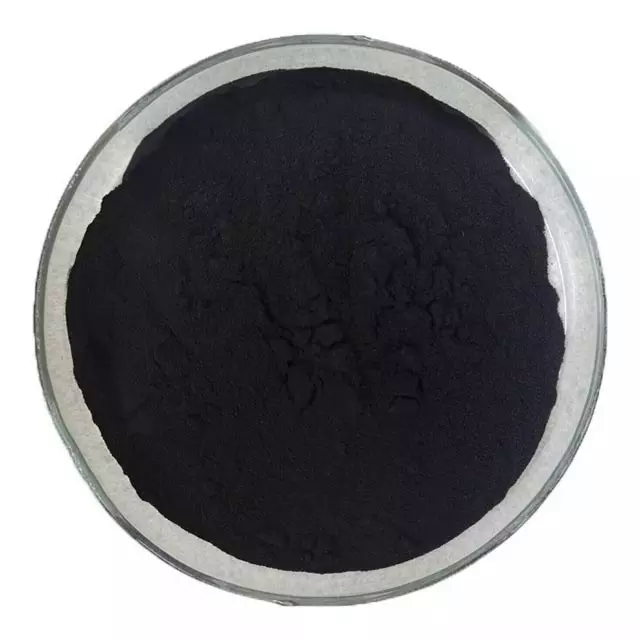 Prucalopride Succinate 99%View Details
Prucalopride Succinate 99%View Details
179474-85-2 -
 Prucalopride succinate 98% (HPLC) CAS 179474-85-2View Details
Prucalopride succinate 98% (HPLC) CAS 179474-85-2View Details
179474-85-2 -
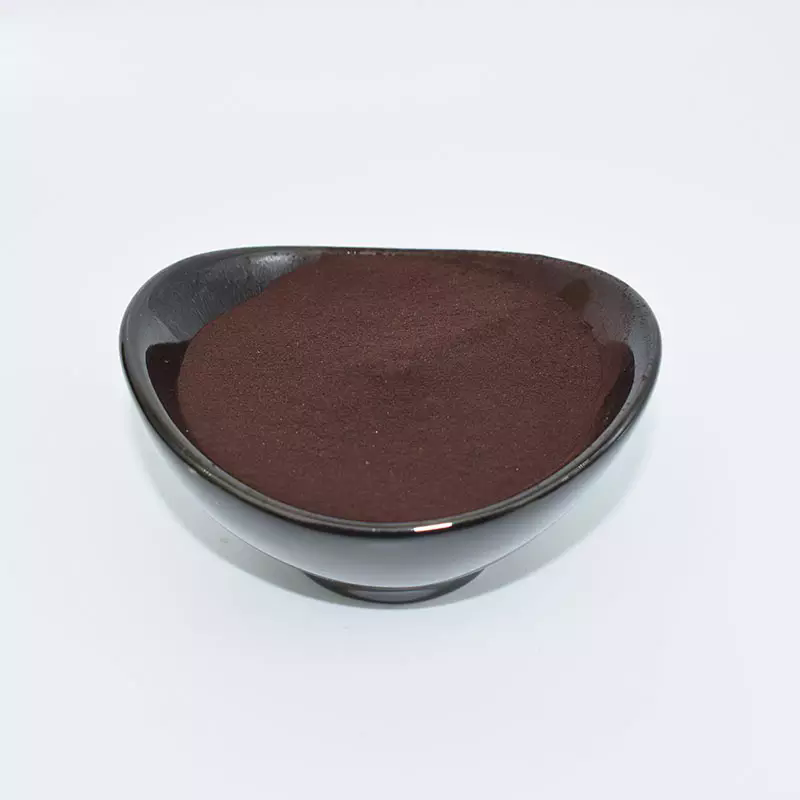 179474-85-2 98%View Details
179474-85-2 98%View Details
179474-85-2